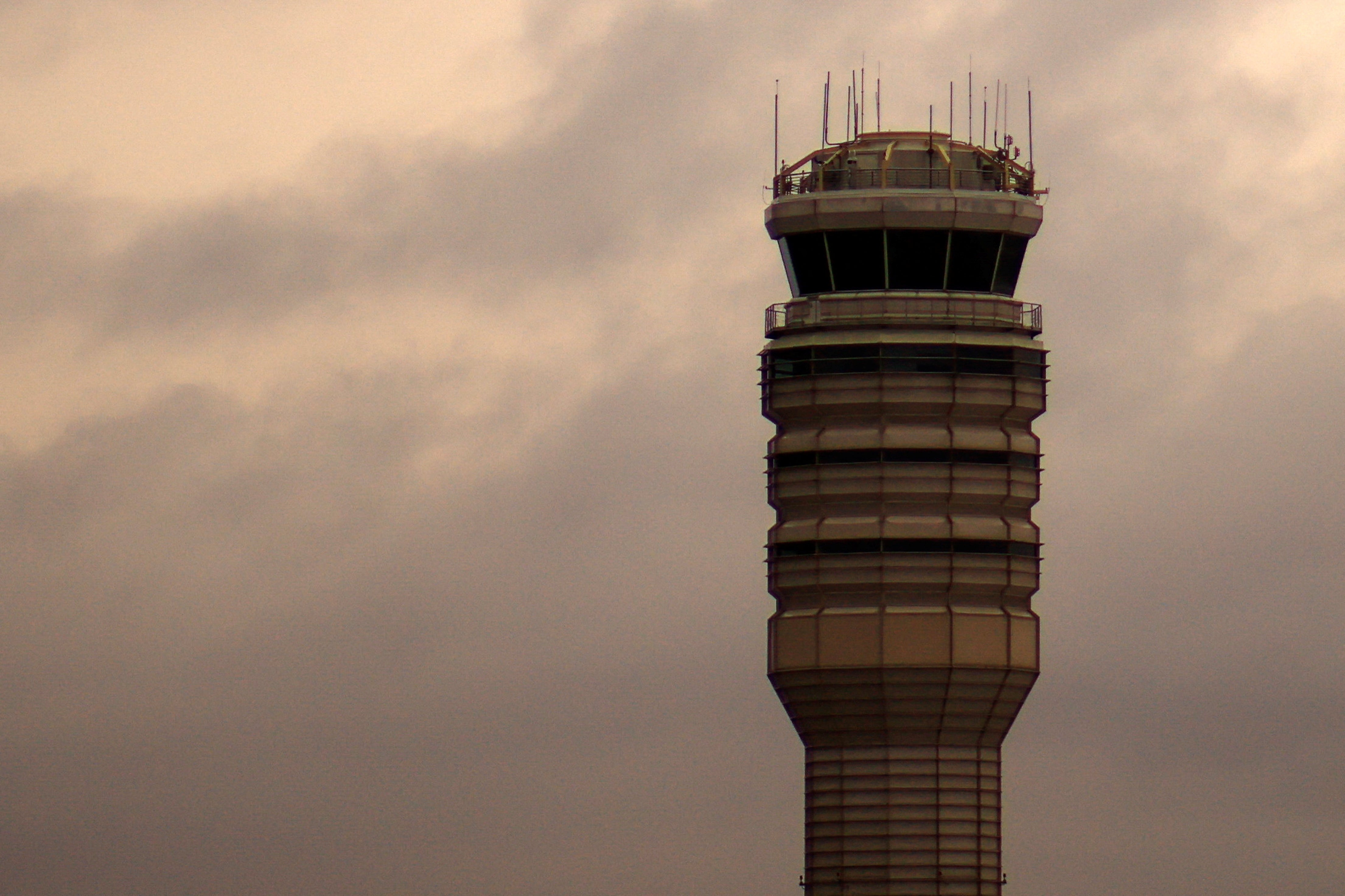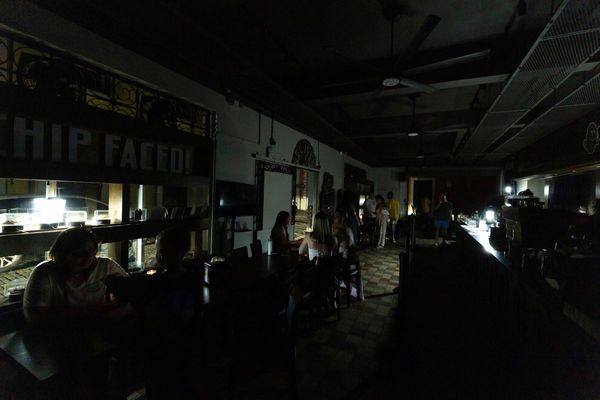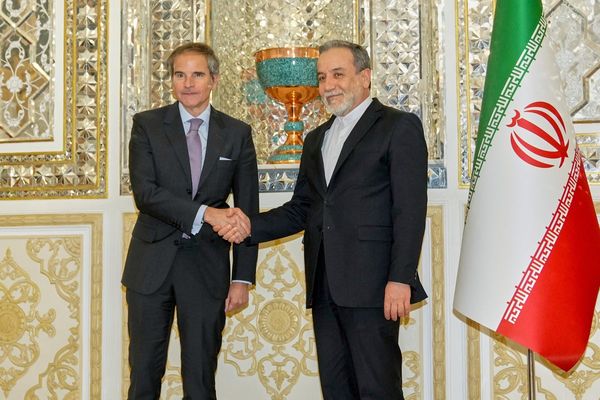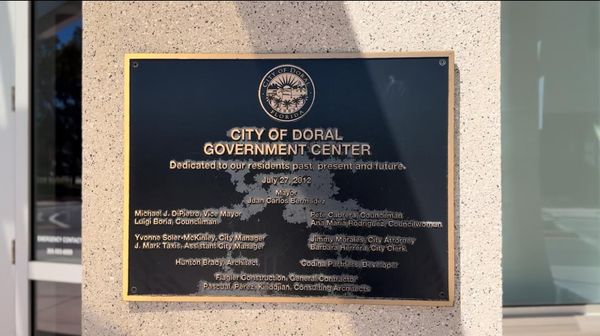A passenger jet had to suddenly abort its landing at Reagan National Airport because of a helicopter in its flight path, just a day before an airliner and a military helicopter catastrophically collided in the same airspace, highlighting the complications of managing helicopter traffic around the busy Washington-area airport.
On Tuesday night, a Republican Airways Flight radioed air traffic controllers at Reagan about an alert they had received about “helicopter traffic below us,” prompting the tower to tell the twin-jet Embraer ERJ 175 jet to “go around,” The Washington Post reports.
“They had to circle back around because there was a helicopter in the flight path,” passenger Richard Hart told the newspaper of his experience on the flight. “At the time I found it odd. ... Now I find it disturbingly tragic.”
Another flight from Charlotte into the airport had to abort for similar reasons on January 23.
The state of air traffic around Reagan is a key part of the investigation into the crash that occurred on Wednesday night, when an American Airlines regional jet inbound from Kansas collided with a U.S. Army Black Hawk helicopter, likely killing all 67 people onboard the aircraft.
The airspace is frequently used by military aircraft from nearby bases, and a specially dedicated air corridor exists above the nearby Potomac River for low-flying helicopters.
The corridor intersects with the lane commercial jets use to approach Reagan near runway 33, where the American flight and the helicopter collided.

The Federal Aviation Administration typically dedicates an air traffic controller just to helicopters in the area.
The night of the crash, a supervisor at the airport reportedly allowed one of the two air traffic controllers on duty to quit early, leaving the tower with staff levels that were “not normal for the time of day and volume of traffic,” according to The New York Times.
The helicopter involved in the crash was at least 100 feet above its planned route, according to the paper.
Radio transmissions from the night of the crash reportedly detail how the lone controller warned the helicopter crew that it was coming too close to the passenger plane.
Investigators from the Federal Aviation Administration and National Transportation Safety Board have recovered black box flight data recorders from both the Black Hawk and the American flight.







